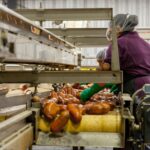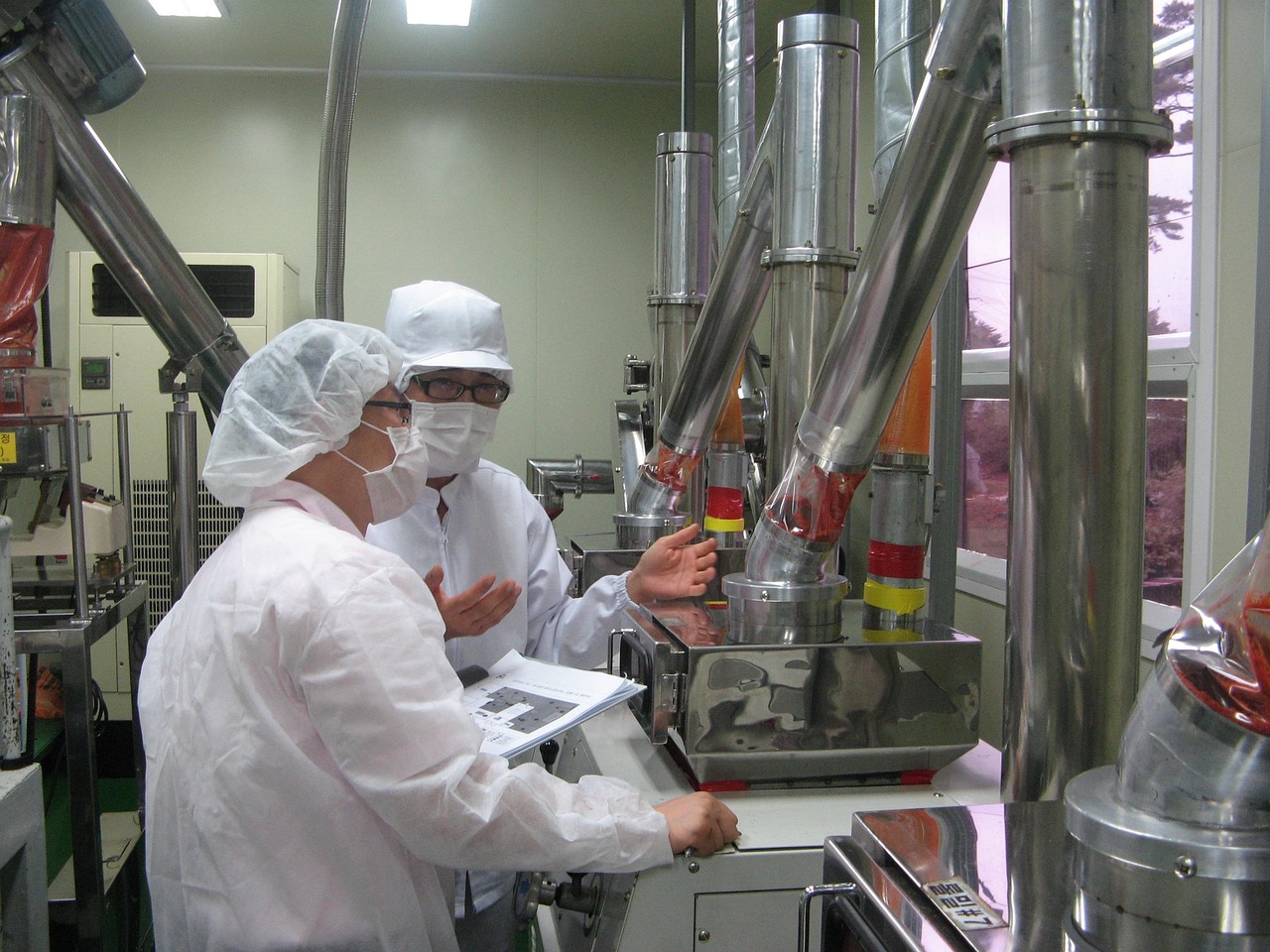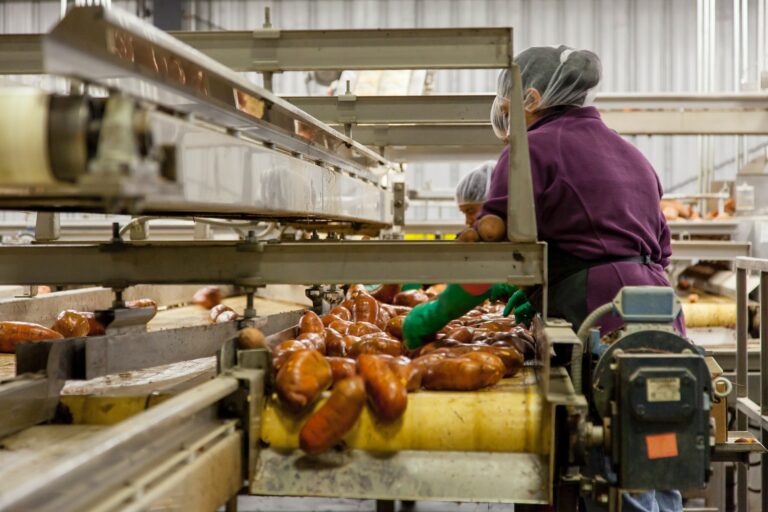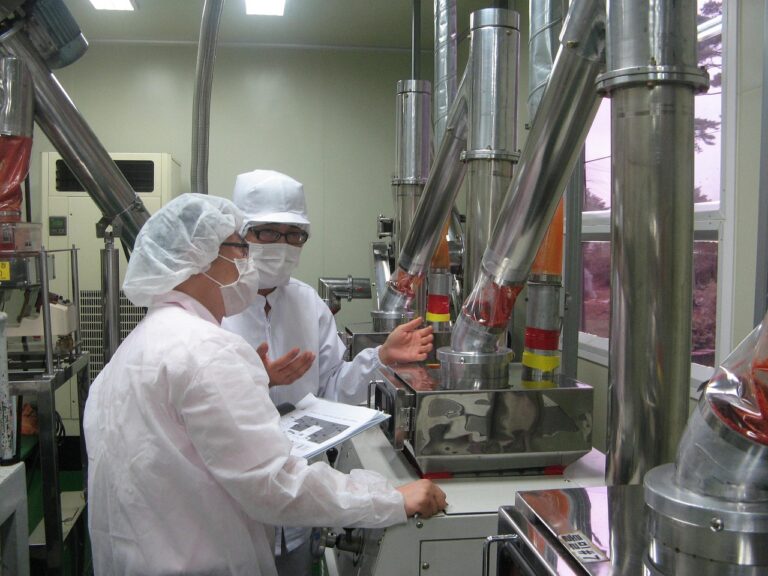In the bustling world of food production, having the right equipment can make all the difference. Whether you’re running a small bakery or a large-scale processing plant, your choice of machinery sets the tone for efficiency and quality in your operations. Food processing equipment is not just about blending ingredients; it’s about enhancing productivity, ensuring safety, and meeting customer demands with precision. But how do you navigate this complex landscape? With so many options available, finding the perfect fit for your business isn’t always straightforward. This guide will help you understand what to look for when choosing food processing equipment tailored to your unique needs and goals. Get ready to dive into an essential aspect of your business that could lead to long-term success.
The Importance of Food Processing Equipment
Food processing equipment plays a crucial role in transforming raw ingredients into finished products. This machinery streamlines production, ensuring that food is prepared safely and efficiently. With the right equipment, businesses can maintain consistent quality while maximizing output. Automation reduces manual labor, allowing staff to focus on more critical tasks. Moreover, advanced technology often improves product safety by minimizing contamination risks during processing. Equipment designed for specific functions like mixing or packaging ensures that every step meets industry standards.
The Importance of Food Processing Equipment for Businesses
Food processing equipment is a backbone for businesses in the food industry. It streamlines operations, enhancing efficiency and productivity. When you invest in the right tools, you free up time and resources to focus on other critical aspects of your business. Moreover, quality equipment ensures consistency in product output. This reliability builds trust with consumers who expect the same taste and texture every time they purchase your product. Safety is another significant factor to consider. Properly functioning machines reduce risks associated with manual labor, protecting both employees and customers alike.
Identify Your Business Needs and Goals
Before diving into equipment selection, take a moment to assess your business’s specific needs. Are you focusing on increasing production volume, improving efficiency, or ensuring product quality? Each goal will influence the type of machinery required. Consider your target market and product range. Different food products may demand specialized processing tools. For instance, if you’re in the dairy sector versus ready-to-eat meals, the equipment needed will vary significantly. Think about future expansion as well. Will you scale up operations soon? Planning ahead can save costs later by investing in more versatile systems now.

Understand the Different Types of Food Processing Equipment
Food processing equipment comes in various types, each serving a unique purpose. Understanding these categories is essential for making informed decisions. Mixers and blenders are fundamental tools used to combine ingredients efficiently. They ensure consistency and flavor integration in products. Cutting machines help achieve the desired size and shape of food items. From slicers to dicers, they enhance presentation while speeding up preparation times. Cooking equipment includes ovens, fryers, and steamers. These units apply heat to transform raw materials into ready-to-eat meals or snacks.
Factors to Consider When Choosing Food Processing Equipment
When selecting food processing equipment, functionality is key. Determine what specific tasks the machinery needs to perform. This will help narrow down your options significantly. Next, consider the size and capacity of the equipment. Will it fit in your facility? Does it meet your production demands? These are crucial questions that can impact workflow. Energy efficiency shouldn’t be overlooked either. Equipment that consumes less energy can save you money over time while being environmentally friendly. Look into technology integration as well. Modern machines often come with advanced features like automation or data tracking. Embracing technology can streamline operations and improve consistency in product quality.
Tips for Finding the Right Supplier or Manufacturer
Finding the right supplier or manufacturer is crucial for your food processing business. Start by doing thorough research. Look for companies with a solid reputation in the industry. Don’t hesitate to check reviews and testimonials from other businesses. This feedback can provide valuable insights into the reliability and quality of equipment. Next, consider visiting trade shows or industry events. These gatherings allow you to meet suppliers face-to-face and explore their offerings firsthand. Establish clear communication from the beginning. Ask questions about lead times, warranties, and support services to ensure they align with your needs.
In Conclusion
Investing in quality food processing equipment is crucial for the long-term success of your business. The right equipment not only enhances productivity but also ensures that you meet safety and quality standards. Choosing wisely can reduce downtime, lower operational costs, and improve overall efficiency. When you consider the unique needs of your business, alongside factors like technology advancements and supplier reliability, you’re setting yourself up for a brighter future. Remember that well-maintained equipment will serve you better over time, leading to sustainable growth.















